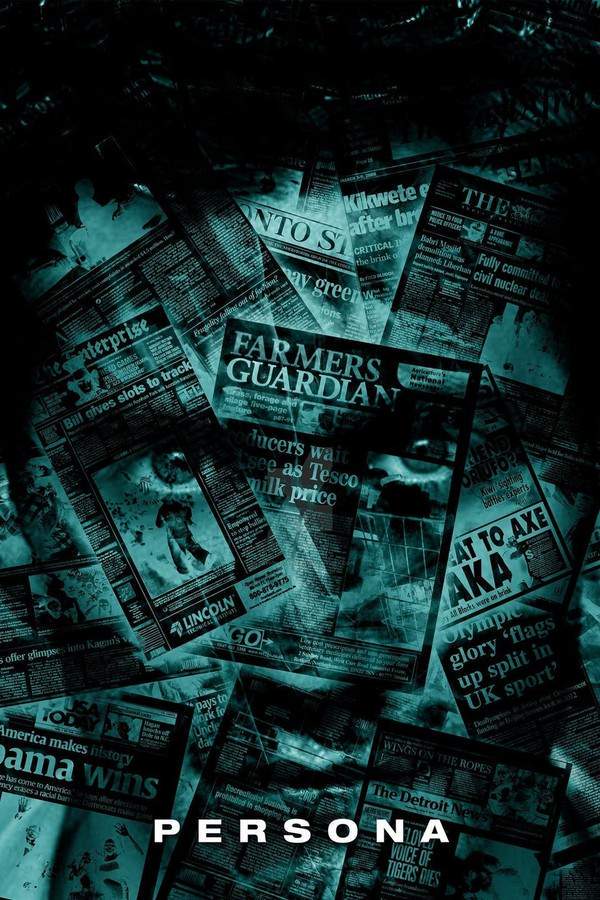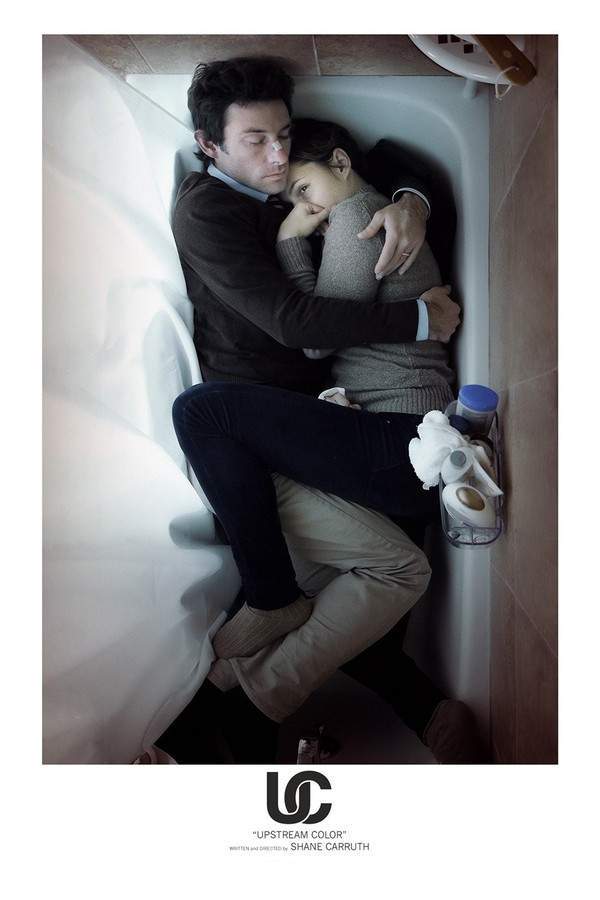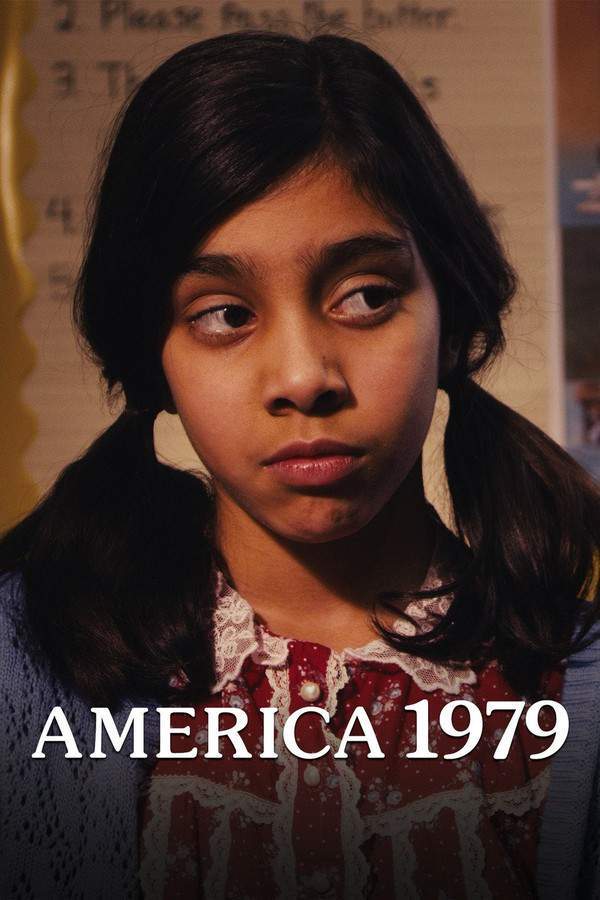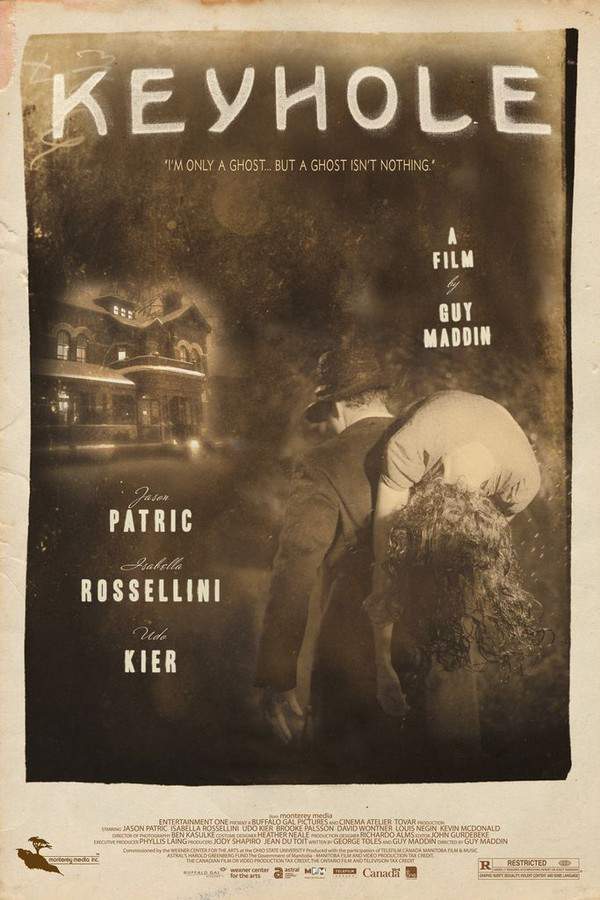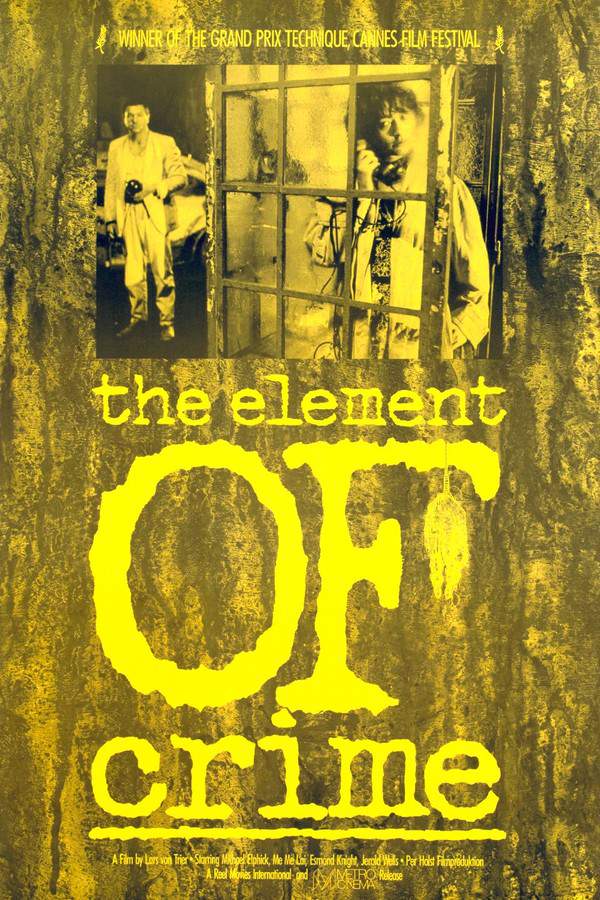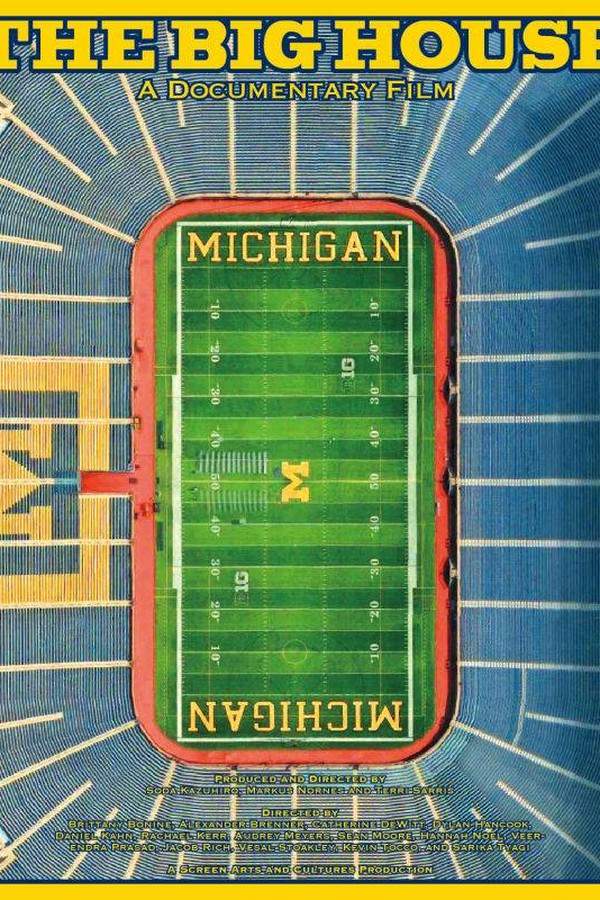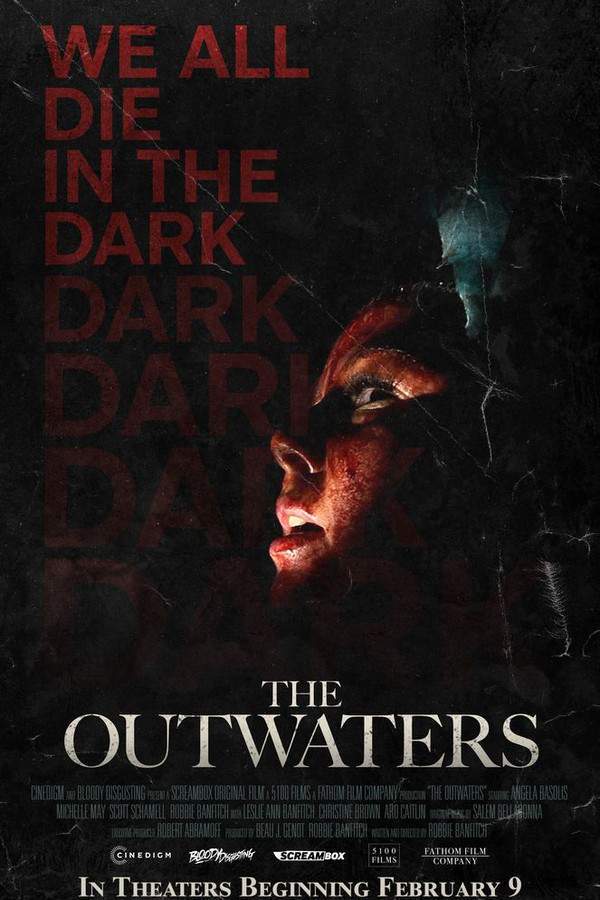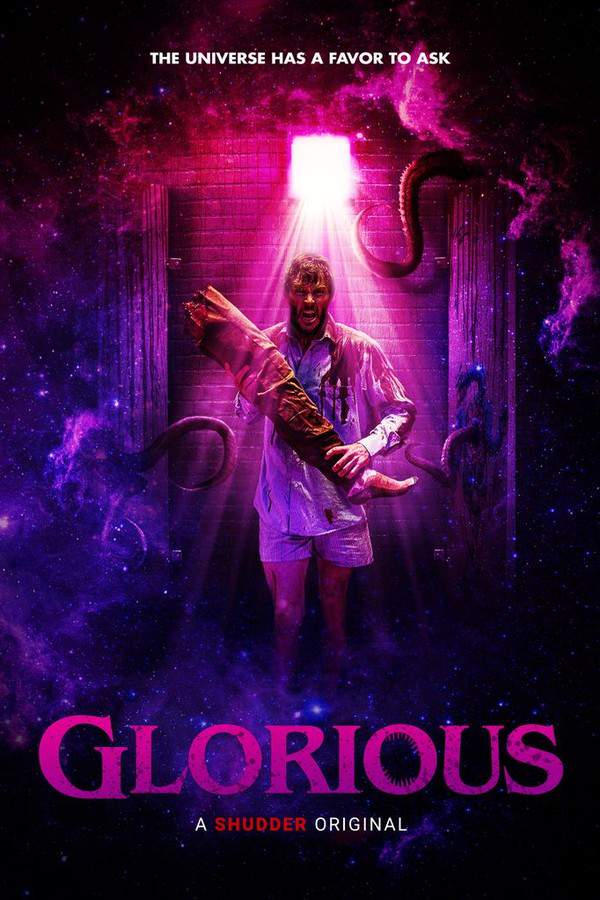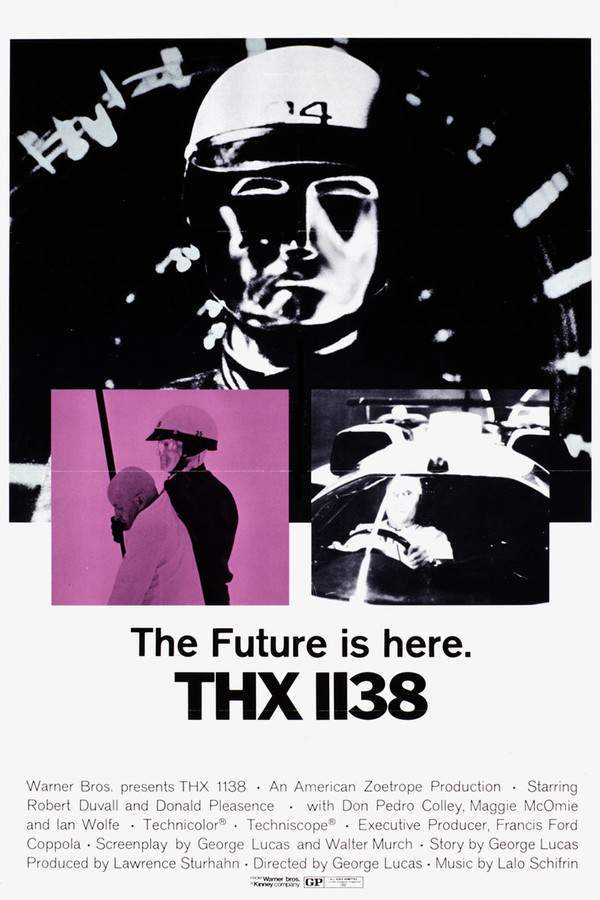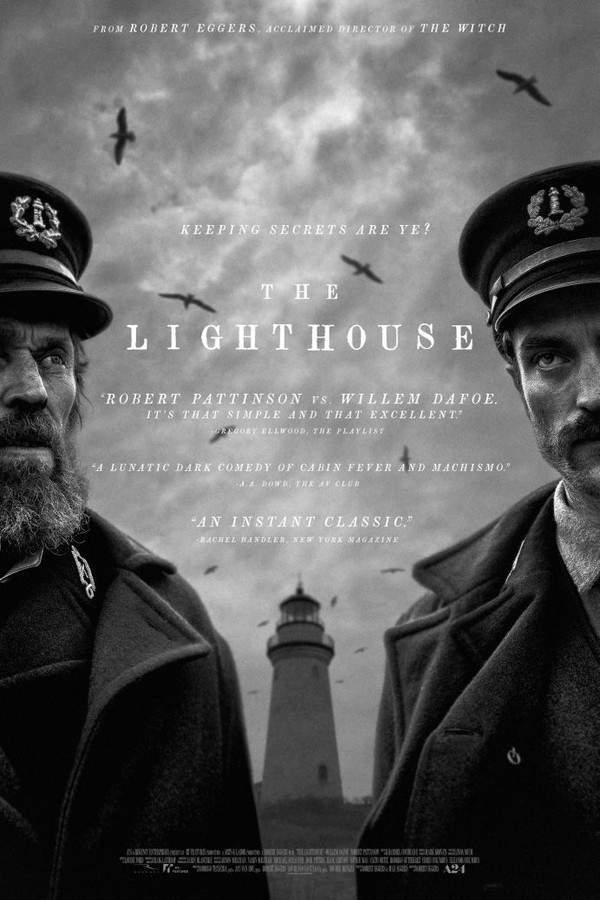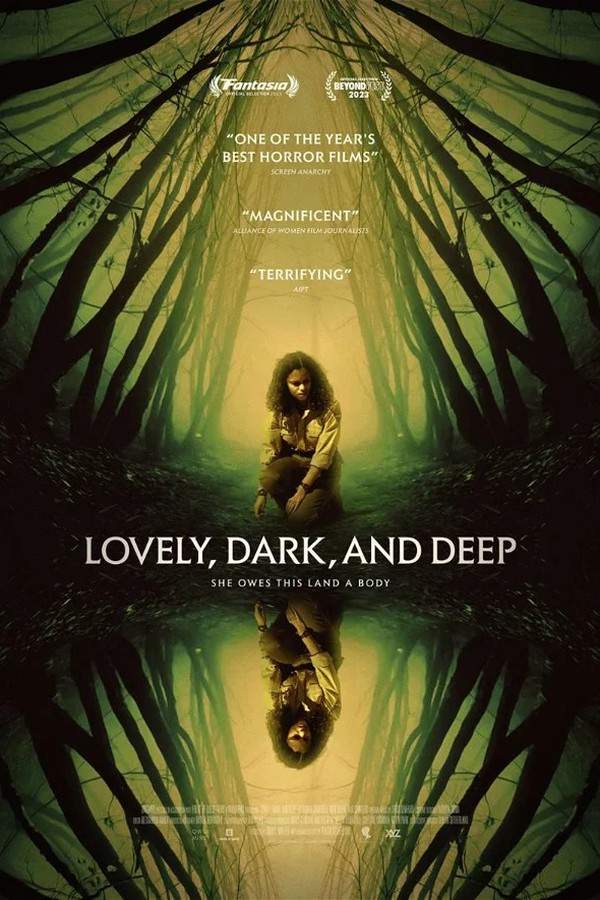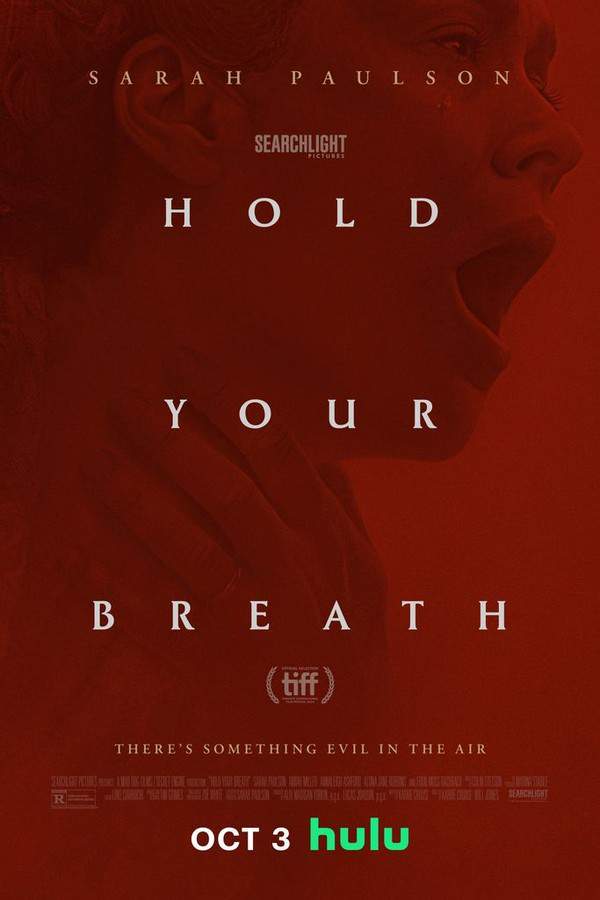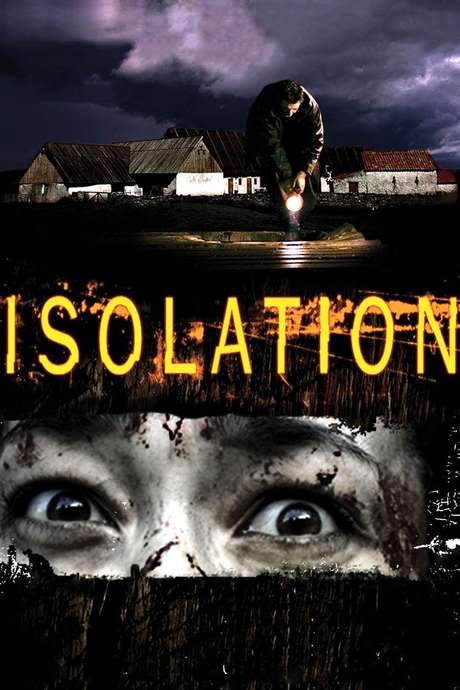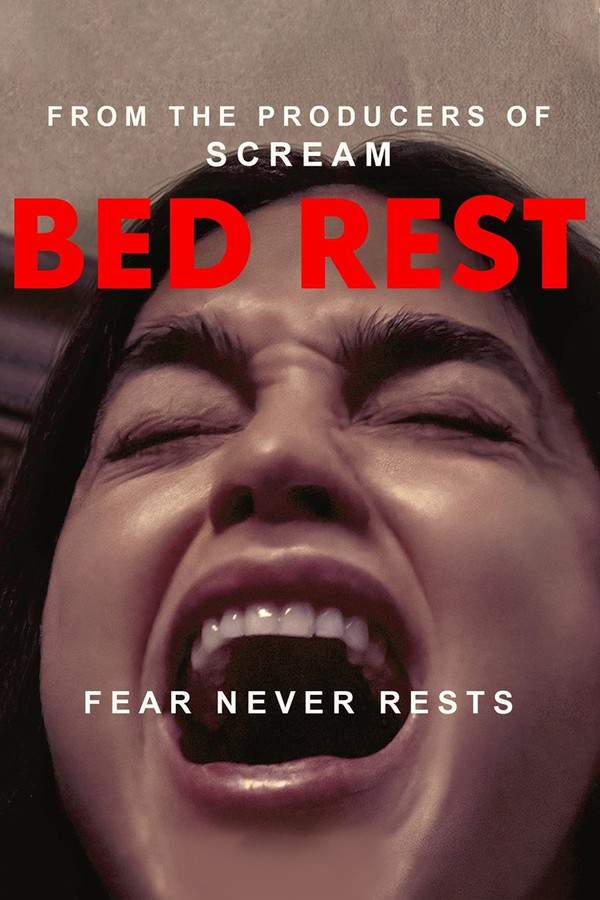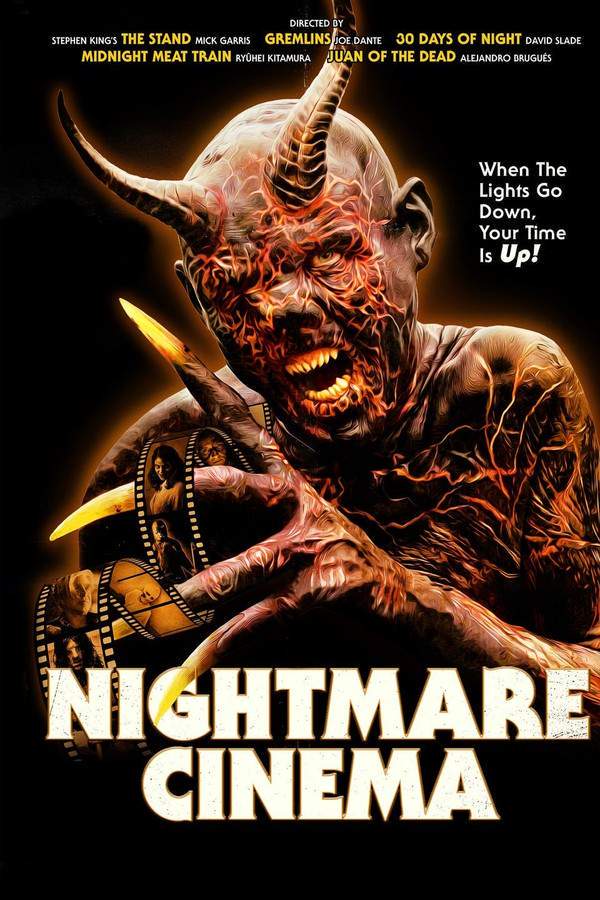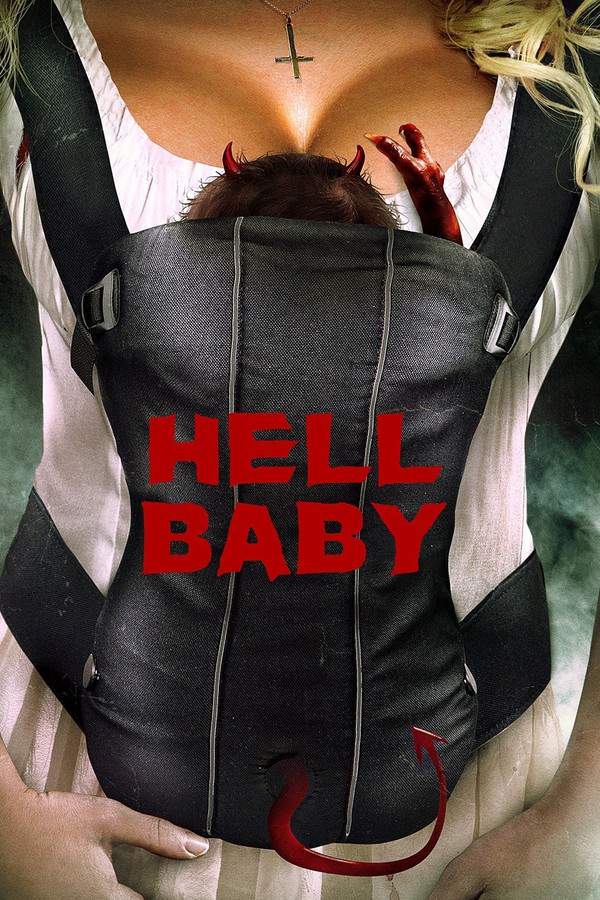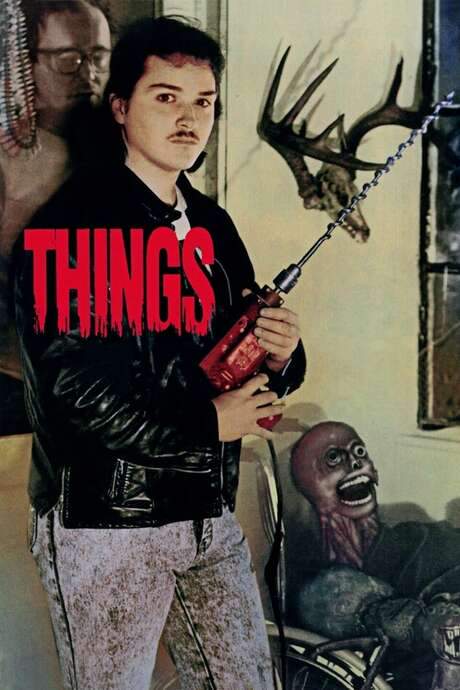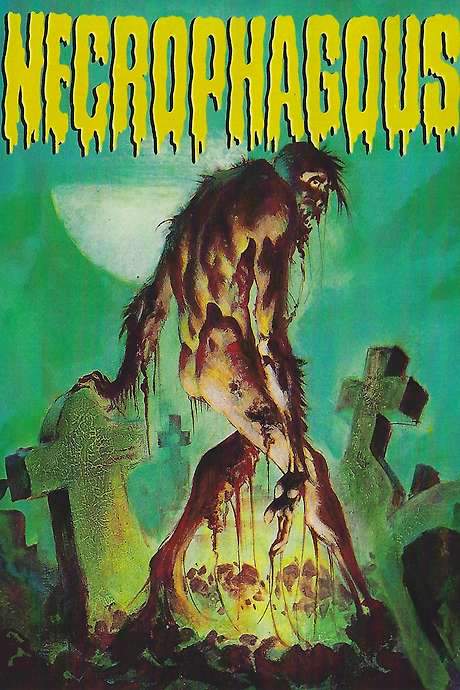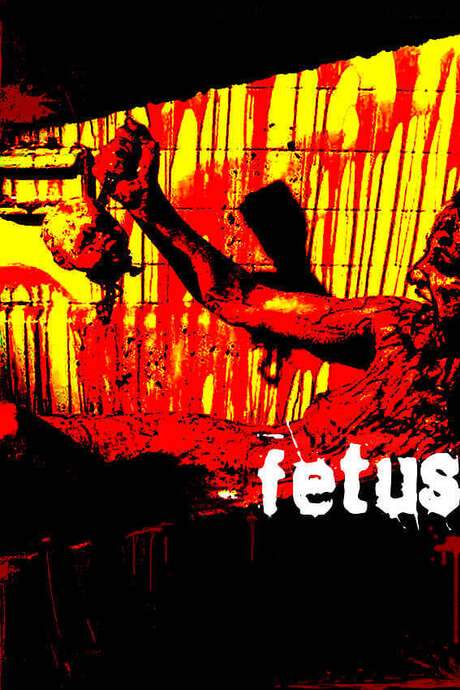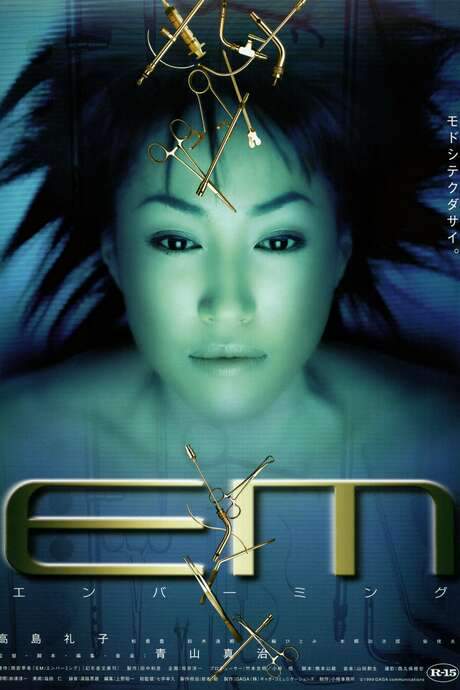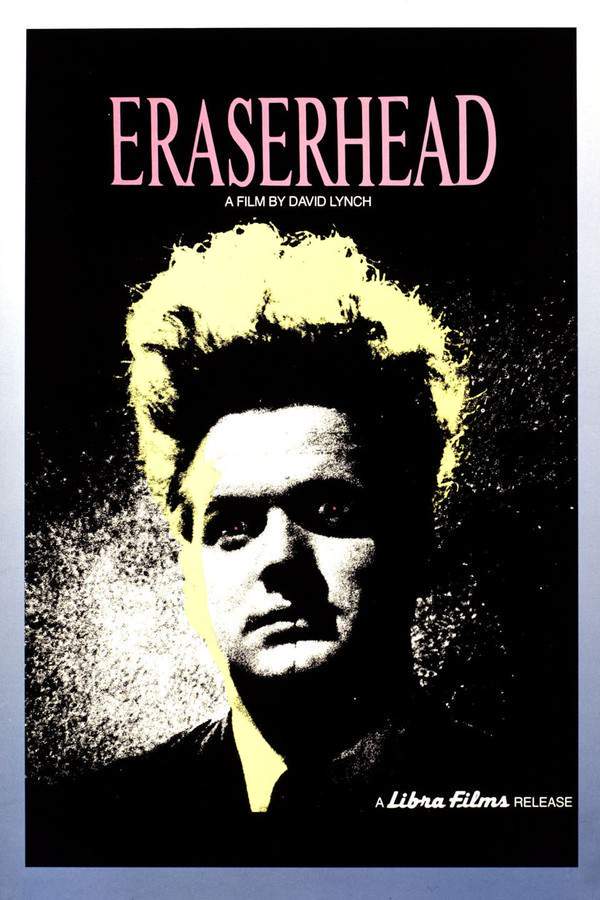
Eraserhead
Year: 1978
Runtime: 89 min
Language: English
Director: David Lynch
In the bleak industrial setting of Eraserhead, Henry's solitary existence is upended by an unexpected pregnancy. His former lover, Mary, arrives, and he finds himself facing the daunting prospect of parenthood. A bizarre and unsettling infant further complicates matters, and as Henry struggles to care for it, he encounters the strange and unsettling residents of his apartment building. Reality and sanity become increasingly difficult to distinguish within this unsettling and dreamlike world.
Warning: spoilers below!
Haven’t seen Eraserhead yet? This summary contains major spoilers. Bookmark the page, watch the movie, and come back for the full breakdown. If you're ready, scroll on and relive the story!
Eraserhead (1978) – Full Plot Summary & Ending Explained
Read the complete plot breakdown of Eraserhead (1978), including all key story events, major twists, and the ending explained in detail. Discover what really happened—and what it all means.
The film begins with Henry Spencer (Jack Nance) floating aimlessly in space, with a surreal depiction of his brain represented by a rocky planet visible through his head. This rocky landscape houses a peculiar structure featuring a significant hole in its roof. Within this haunting building, the Man in the Planet (Jack Fisk) diligently operates levers that symbolize Henry’s central nervous system. This unusual opening sequence serves as a metaphor for Henry’s intimate encounter with Mary X (Charlotte Stewart), culminating in a bizarre imagery of a spermatozoon emerging and diving into a watery abyss, indicative of Mary’s anatomy. Time lapses and from the depths of darkness, a creature emerges.
Next, we see Henry as he walks through a desolate industrial landscape, carrying a small brown paper bag, his journey marked by eerie carnival music contrasting the silent, machinery-laden environment. Conveying a sense of isolation, there is a prominent lack of life around him, accompanied by the distant sounds of whistles and ship horns cutting through the heavy machinery’s roars. Upon arrival at his dilapidated apartment lobby, he checks his mailbox, finding it empty. Ascending to Room 26, he encounters the Beautiful Girl Across the Hall (Judith Roberts), living in Room 27, who informs him that Mary has invited him for dinner.
Inside his dimly lit apartment, Henry sets down his groceries, flicks on some light jazz from his record player, and momentarily engages with the hissing radiator, a symbol reflecting his dark thoughts, and glances longingly at a bleak view of a wall through his only window—the claustrophobic confines echoing the oppressive weight of his solitary existence. The atmosphere suggests a post-apocalyptic scenario, especially emphasized by an ominous mushroom cloud imagery. After a superstitious act involving a stone thrown into water, Henry examines a torn picture of Mary, hinting at underlying troubles.
That evening, under the cover of darkness, Henry traverses through the grim landscape to dine with Mary’s family. This encounter reveals the strained dynamics between Henry and Mary, complicated by the revelations of their past. During dinner at the X household, which features an uncomfortable interaction with Mrs. X (Jeanne Bates) and Mary’s father (Allen Joseph), we observe Henry’s awkwardness in this tense environment marked by artificial food that horrifies him. Following dinner, questions about their sexual history culminate in an ultimatum that compels them to marry immediately.
After their wedding, the couple brings home a deformed baby, the product of their union, that intensifies Henry’s existential dread. The sinister nature of their home life deepens when he discovers a small worm hidden in a sleek black box, prompting his thoughts of despair to resurface. As nights pass, the couple faces the torment of a continuously crying baby while they are surrounded by the cacophony of a storm, factories, and trains, leading to Mary’s decision to leave Henry to handle their child alone, deepening his isolation.
The plot thickens as the Beautiful Girl Across the Hall returns home after a night that implies her own struggles, providing an unsettling parallel to Henry’s crumbling reality. As days progress, the baby’s health deteriorates, casting a grim shadow over Henry, who eventually succumbs to temptation with the Beautiful Girl, leading to a scandalous encounter.
The narrative takes a surreal turn when the lady in the radiator ([Laurel Near]) performs on stage, exuding an eerie calm as she sings, “In Heaven, everything is fine.” Amidst the chaos, Henry finds himself in a nightmarish vision involving his severed head, which is cruelly repurposed at an eraser factory. This grotesque transformation underscores the bizarre essence of his existence.
Upon waking, Henry’s dark journey continues as he grapples with his monstrous reality, ultimately culminating in a shocking act against the baby, followed by fleeting visions of electrical chaos and the baby’s grotesque form. In the final scenes, the man in the planet pulls a lever, facing a shocking end, while Henry finds solace in what appears to be a transcendent afterlife, resolved to embrace the lady in the radiator amidst the surreal backdrop of his tragic existence.
In an alternative interpretation, the film alludes to a devastated America post-atomic war, surviving in a state of regression where technology has stagnated, and the population has diminished drastically. The societal implications suggest deep-rooted mental illnesses among the remaining inhabitants, heightened by the horrors of radiation. Henry’s interactions and experiences encapsulate the struggles of a traumatized individual grappling with personal demons, ultimately leading to his tragic demise in a world riddled with despair and hallucination.
Last Updated: May 26, 2025 at 22:02
Explore Movie Threads
Discover curated groups of movies connected by mood, themes, and story style. Browse collections built around emotion, atmosphere, and narrative focus to easily find films that match what you feel like watching right now.
Surreal psychological nightmares like Eraserhead
Films where dream logic twists reality into an unsettling psychological ordeal.If you liked the unsettling dream logic and symbolic horror of Eraserhead, explore these movies that distort reality into a psychological ordeal. Discover similar films with heavy emotional weight, ambiguous endings, and a descent into madness within nightmarish worlds.
Narrative Summary
Narratives in this thread are often non-linear, structured around evocative vignettes and symbolic events rather than a clear cause-and-effect plot. The protagonist's journey is typically internal, confronting abstract fears and psychological disintegration amidst a world that defies logical explanation.
Why These Movies?
Movies are grouped here for their shared commitment to surrealism as a tool for psychological horror. They create a cohesive, unsettling vibe through dreamlike pacing, dark and oppressive tones, and a focus on internal, existential crises over external conflict.
Movies about bleak isolation like Eraserhead
Stories of profound loneliness set against oppressive, decaying environments.Find movies like Eraserhead that explore themes of extreme loneliness and alienation within oppressive settings. These films share a claustrophobic, anxious mood, a slow and heavy pacing, and often focus on characters grappling with existential dread in desolate worlds.
Narrative Summary
The narrative pattern often follows a solitary individual trapped in a grim environment, with the external decay mirroring their internal state. Conflict arises from the struggle to maintain sanity and identity against an overwhelming atmosphere of desolation and existential threat.
Why These Movies?
These films share a core experiential quality: the palpable feeling of being alone in a hostile or decaying world. The connection is based on the potent combination of a lonely protagonist, an oppressive setting, a slow-burning pace, and a heavy, often bleak emotional weight.
Unlock the Full Story of Eraserhead
Don't stop at just watching — explore Eraserhead in full detail. From the complete plot summary and scene-by-scene timeline to character breakdowns, thematic analysis, and a deep dive into the ending — every page helps you truly understand what Eraserhead is all about. Plus, discover what's next after the movie.
Eraserhead Timeline
Track the full timeline of Eraserhead with every major event arranged chronologically. Perfect for decoding non-linear storytelling, flashbacks, or parallel narratives with a clear scene-by-scene breakdown.

Characters, Settings & Themes in Eraserhead
Discover the characters, locations, and core themes that shape Eraserhead. Get insights into symbolic elements, setting significance, and deeper narrative meaning — ideal for thematic analysis and movie breakdowns.

Eraserhead Spoiler-Free Summary
Get a quick, spoiler-free overview of Eraserhead that covers the main plot points and key details without revealing any major twists or spoilers. Perfect for those who want to know what to expect before diving in.

More About Eraserhead
Visit What's After the Movie to explore more about Eraserhead: box office results, cast and crew info, production details, post-credit scenes, and external links — all in one place for movie fans and researchers.

Similar Movies to Eraserhead
Discover movies like Eraserhead that share similar genres, themes, and storytelling elements. Whether you’re drawn to the atmosphere, character arcs, or plot structure, these curated recommendations will help you explore more films you’ll love.
Explore More About Movie Eraserhead
Eraserhead (1978) Scene-by-Scene Movie Timeline
Eraserhead (1978) Movie Characters, Themes & Settings
Eraserhead (1978) Spoiler-Free Summary & Key Flow
Movies Like Eraserhead – Similar Titles You’ll Enjoy
Bed Rest (2022) Movie Recap & Themes
mother! (2017) Ending Explained & Film Insights
Nightmare Cinema (2019) Plot Summary & Ending Explained
Hell Baby (2013) Complete Plot Breakdown
The Unborn (1991) Full Movie Breakdown
The Baby’s Room (2006) Detailed Story Recap
Things (1989) Movie Recap & Themes
Expectancy (2020) Detailed Story Recap
Necrophagous (1971) Movie Recap & Themes
It’s Alive (2009) Detailed Story Recap
Fetus (2008) Film Overview & Timeline
Embalming (1999) Full Movie Breakdown
The Baby (1973) Plot Summary & Ending Explained
The Eraser (1977) Plot Summary & Ending Explained
Freezer Baby (2024) Movie Recap & Themes

